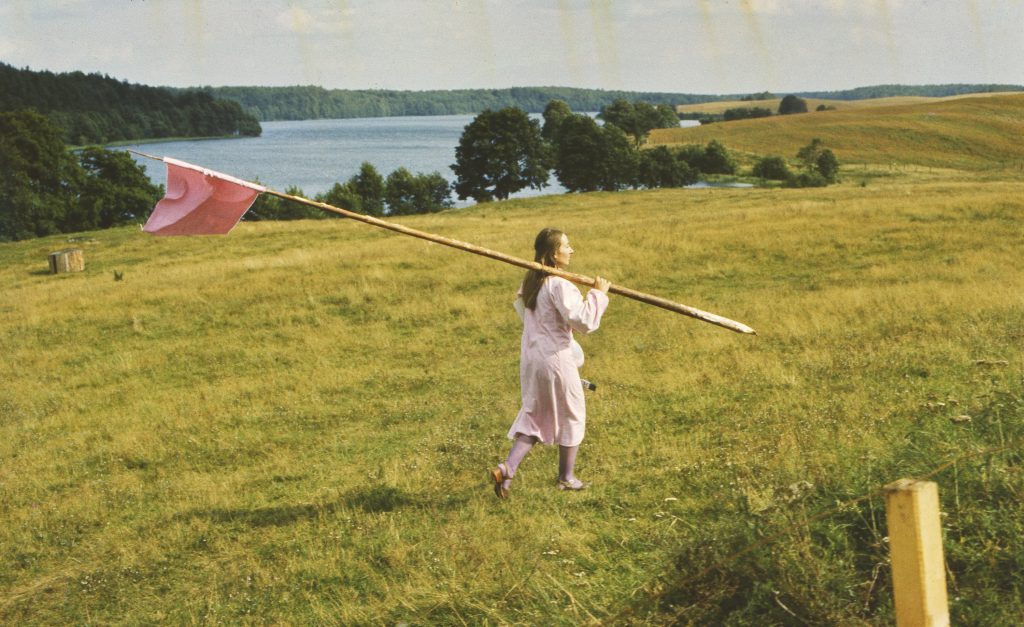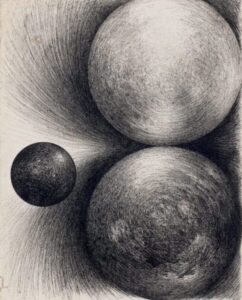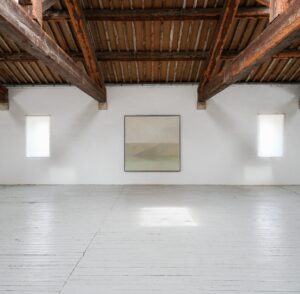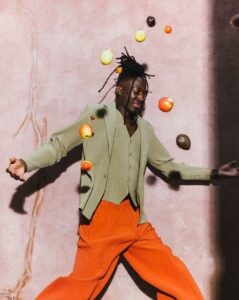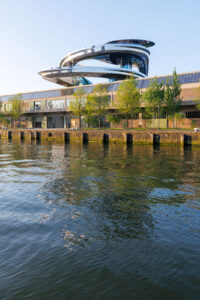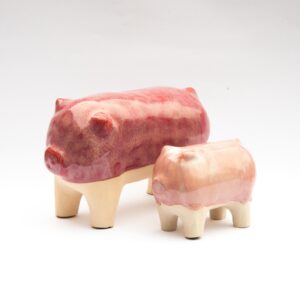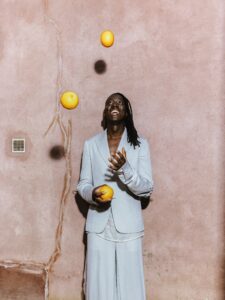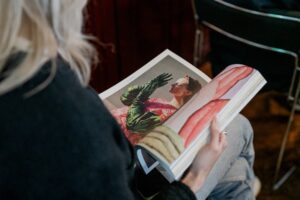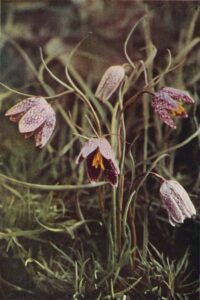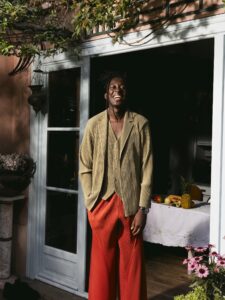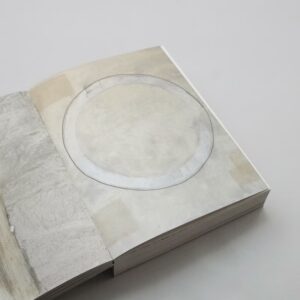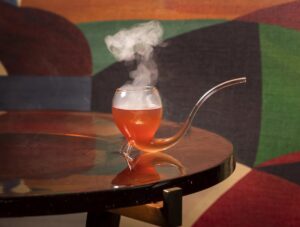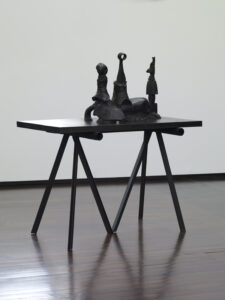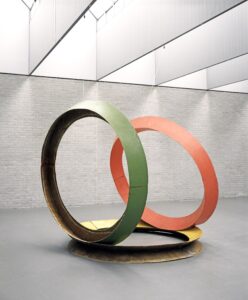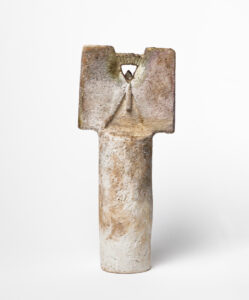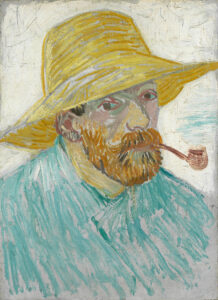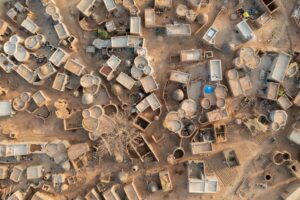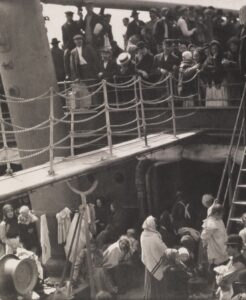Overcoming Obstacles
‘I see it as the museum’s duty to take such risks’
Entering the exhibition Open Ended is at your own risk. Because to see all the installations, you must overcome a few obstacles. Museum director Benno Tempel: ‘Similarly as you would undergo a ritual, you should also experience this exhibition, rather than simply observing it.’
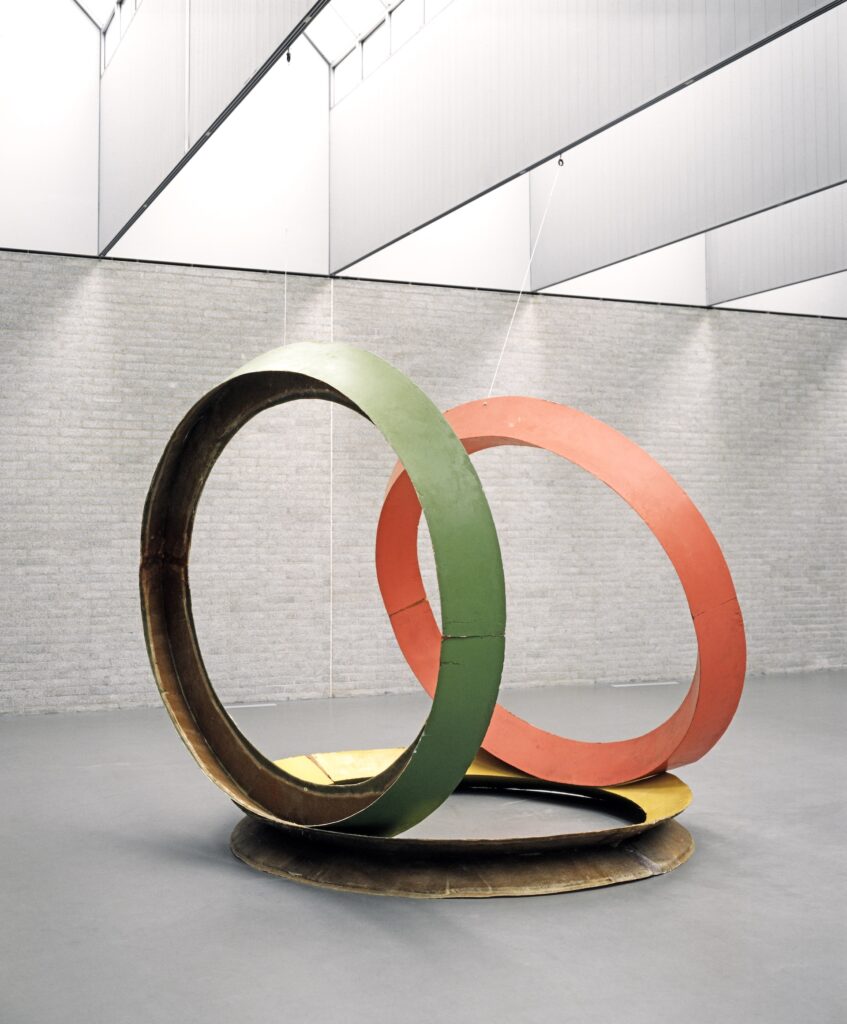
The Kröller-Müller Museum has chosen remarkable title for its end-of-year exhibition: Open Ended. Is this title meant to be positive, in the sense that multiple endings are still conceivable, that not everything is set in stone? Or should we take a more fatalistic view – are we, in any case, in some kind of final stage, in which ecology has lost out to economic interests, and in which humans increasingly rely on artificial intelligence to make themselves understood?
‘We thought long and hard about that title,’ says Benno Tempel, director of the museum. ‘It’s a title full of paradoxes.’ A prosaic explanation: the Kröller-Müller will soon undergo a major renovation, which means it will be closed for a while. An end, afterall, but a temporary end, an open end. But the title also has a deeper meaning. ‘The exhibition begins towards the end of the year, she sees into the New Year, it is a time for both looking back and looking forward. This reflective character suits the museum regardless – founder Helene Kröller-Müller loved what she called “thinking artists”, artists who emphatically aspired to be more than craftsmen – but even more so the exhibition, which we see as a series of rites de passage. You leave the past behind you, it is still too early for the future, first you have to go through something. All the artworks we have selected activate you; they encourage you to mobilise, to reflect, and sometimes to imagine.’
The common expression that art has taken over the role of religion is not so much incorrect as it is inaccurate. It is more interesting to consider exactly which ‘religious’ functions would be fulfilled by art. According to Tempel, the first thing that should come to mind is rituals. ‘Hardly any of these remained to exist in the western world. Rituals take you from one phase to another; they transfer you. It is remarkable how many artists in the second half of the twentieth century engaged in what I call substitute rituals, and we have now brought together a significant part of their works. Similarly as you would undergo a ritual, you should also experience this exhibition, rather than simply observing it.’ In other words, the viewer is not simply a viewer. He has an important task: without his input, the artwork remains incomplete.
Installations therefore have a prominent role. In Ton Bruynèl and Carel Visser’s interactive audiovisual Kubusproject, you get to turn the knobs yourself. Or take Bone Curtain (1985) by Marina Abramović and Ulay. A work that has been out of sight for a long time, and has not been included in their respective retrospective exhibitions. Bone Curtain is a remarkable installation that you literally have to walk through to continue. ‘It is a kind of fly curtain made of thick red cords, with animal bones hanging from it. We often see this in Abramović’s work, how she uses elements that belong to our culture, but which we hardly recognise as such anymore. Like animal bones. We eat chicken breast, we eat steak, but we ignore the animal; we find the meat and bones too confrontational.’
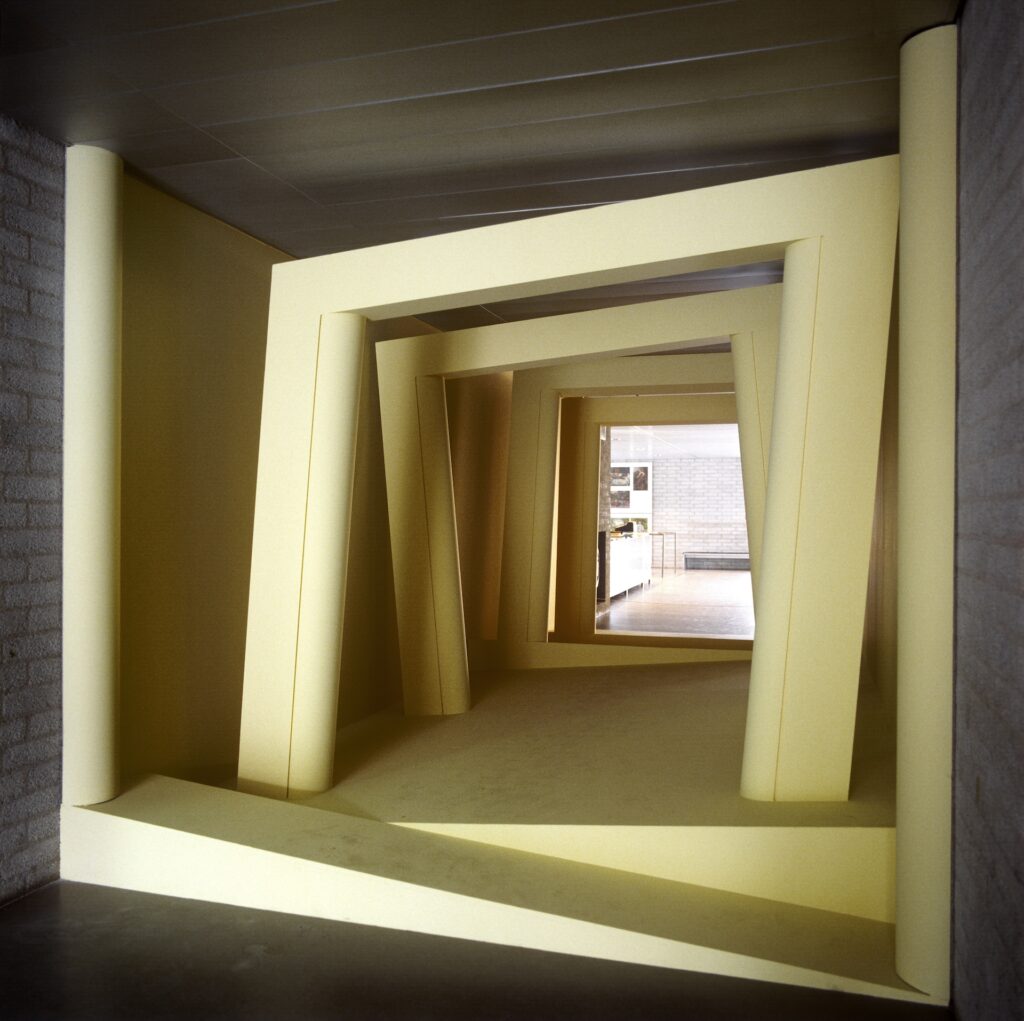
The installation blocks the passage for visitors. If you want to see the rest of the exhibition, you have to walk through the bones. ‘Bone Curtain forces you to interact. Not everyone may always feel comfortable with this, just as a ritual is not for everyone. For some, it can be disruptive. Yet others will think: finally.’ Or take Topoestesia, by Gianni Colombo, a crooked and uneven architectural colossus that has been fitted into one of the passageways. ‘It affects your sense of balance, and there is a certain risk of tripping. It is almost like walking into an old mine or cave. You have to be brave to do it.’ The fact that not everyone finds this comfortable, is part of the artwork.
‘Thematic exhibitions such as this one are rarely found in the Netherlands. Most exhibitions focus on a single artist or a particular movement. A thematic exhibition is riskier, because it is arbitrary in essence – it can always be criticised: why this artist and not that one?’ And yet such an exhibition is exactly what Tempel wanted. ‘I see it as the Kröller-Müller’s duty to take such risks. We can afford to do this because we are less dependent on specific exhibitions. We can let our ideas and wishes guide us.’ After extensive consultation with the curators, a coherent selection of artworks was made associatively. That coherence is not immediately apparent. ‘But every work is essentially a rite, that’s how I see it.’
The same applies to Clamp by Franz West. You enter a space that is somewhere between an office, a living room, and a theatre stage. Three sides are covered with numbers from telephone directories and guides. There used to be a telephone, but not anymore – after all, everyone has a mobile phone. The suggestion is clear: you are invited to call one of those hundreds of numbers at random. This also has a ritualistic character: there is little that people find scarier than approaching a stranger, and at the same time we all know that we have to overcome this barrier if we want to meet new people. Nevertheless, the work has a playful aspect to it – it is also a form of bell ringing for adults. West tempts the visitor to jump. That jump is an adventure; the adventure is fun because it is thrilling. ‘Those telephone numbers are from the nineties, of course. There’s little chance they still work. On the other hand: you never know. Maybe you’ll happen to meet the last person with a landline. Imagine that encounter.’
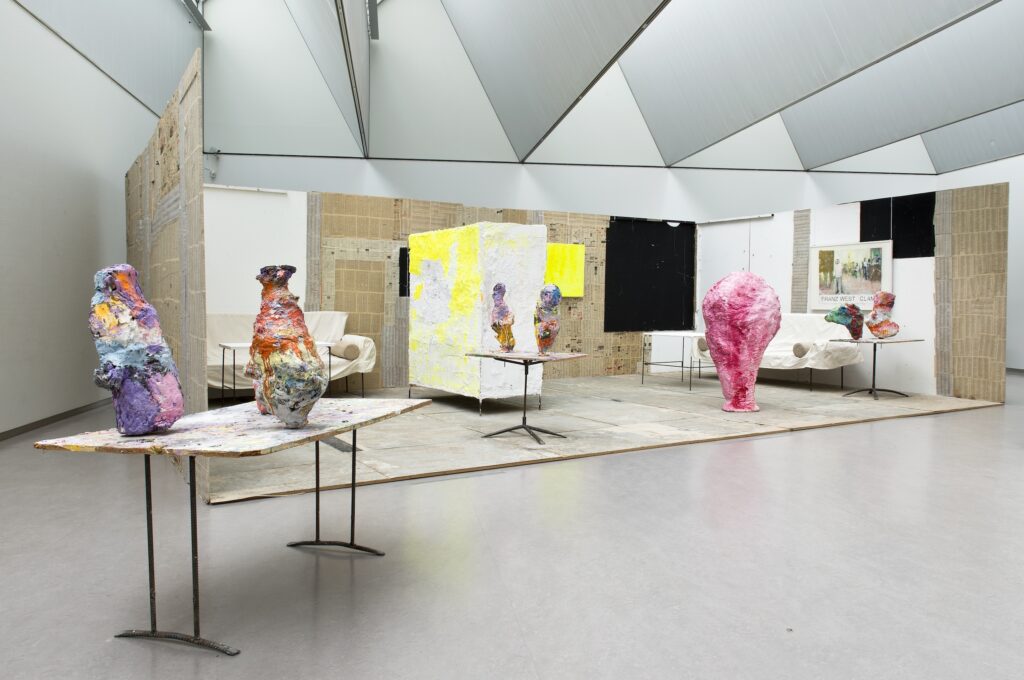
Almost all of the works in the exhibition have not been shown for a long time and are given the space they need, including impressive, space-filling installations by Ken Unsworth and Bruce Nauman, among others. In some cases, it involves works that have been rediscovered. Tempel: ‘For example, we found four cassette tapes by the Chinese artist Zhou Tiehai. After some research, we discovered that they were part of the artwork Airport: the tapes were filled with airport sounds, those electronic beeps we all know so well and that are part of modern travel. Removed from that context, you really hear how strange and inhuman that setting is. A very interesting work.’
‘These times call not only for clarity and unambiguity, but also for subtle engagement,’ says Tempel. ‘A major difference between contemporary art and the art from the decades we’ve drawn on for this exhibition – roughly starting in the 1970s – is the nature of artistic engagement. Today, art is often very activist. That is to say: many works quite literally address specific social conditions. The art we are showing is no less engaged than those works, but it is less literal. Our works are more abstract, and perhaps also more metaphysical. It’s a less direct form of protest, but precisely because of that, more timeless.’
What will museum visitors miss if they skip this exhibition? ‘They’ll be missing out on the most adventurous exhibition that is currently in the Netherlands,’ says Tempel. ‘You actively engage here; you participate with the art. That’s something you rarely experience.’ A tip: ‘Take your time. Many of the works are large and can be ‘seen’ in a second, but they’ll give you goosebumps if you slow down and look with more contemplation. That can truly result in a sublime experience. It’s like standing on a mountain ridge for the first time.’ The fact that you have to slide open a curtain of bones to get there, that’s the art.
Open Ended will be on view from 22 November until 29 March 2026 at the Kröller-Müller Museum in Otterlo.
